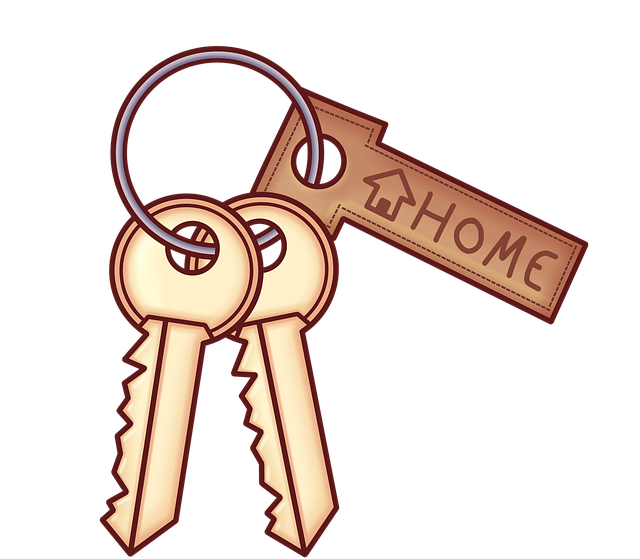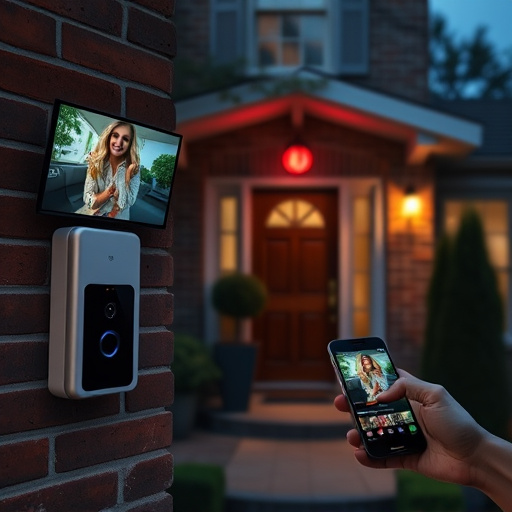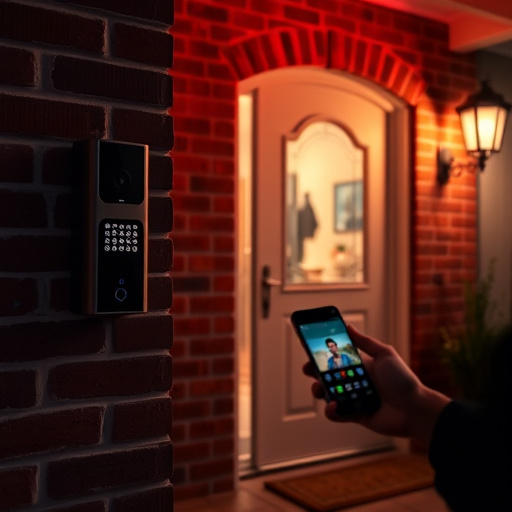Evaluating and securing your home's entry points, installing robust locks and lighting, and investing in a reliable security system are essential steps in preventing break-ins. Regularly update these measures to maintain optimal protection against evolving threats, ensuring your home remains a safe space.
Looking to fortify your home against potential intruders? This comprehensive guide offers practical, effective home security tips and strategies to prevent break-ins. From assessing vulnerabilities like identifying entry points and evaluating current security measures to implementing robust systems and smart home technology, we explore every angle of break-in prevention. Discover secure home tactics for everyday life, additional protection measures, and more – ensuring your peace of mind and the safety of your loved ones.
- Assessing Your Home's Vulnerabilities
- – Identifying potential entry points
- – Evaluating current security measures
- Implementing Effective Security Strategies
Assessing Your Home's Vulnerabilities

Assessing your home’s vulnerabilities is a crucial step in implementing effective security strategies for preventing break-ins. Start by conducting a thorough survey of your property, looking for potential entry points that might be easily overlooked. Check windows and doors for any signs of damage, weak locks, or faulty hardware. Ensure that all exterior lights are functional, as well as consider installing motion sensors or timers to deter intruders who may be lurking in the shadows.
Next, evaluate your home’s overall security system. If you don’t already have one, invest in a reliable home security system that includes surveillance cameras, alarm triggers, and monitoring services. For an extra layer of protection, consider adding security measures like security gates, privacy fences, or even a dog to deter potential burglars. Regularly updating these protections is key to maintaining optimal break-in prevention tactics and ensuring your home remains a secure haven.
– Identifying potential entry points

Identifying potential entry points is a crucial step in implementing effective security strategies to prevent break-ins. Start by conducting a thorough assessment of your home’s exterior and interior, looking for any weak spots or vulnerabilities that could be exploited by intruders. Common areas to consider include windows (especially those easily accessible from the ground), doors (including garage doors), and any openings that lead to ventilation systems or attics. Even small gaps or cracks can provide an opportunity for a determined thief.
Once you’ve identified potential entry points, take proactive measures to fortify them. This might involve installing high-security locks, adding reinforced door frames, sealing gaps around windows with weatherstripping, and investing in motion-activated lights or alarm systems. These home security tips not only deter potential intruders but also provide an extra layer of protection, making your home a much less appealing target for break-in attempts.
– Evaluating current security measures

Many people underestimate the importance of evaluating their current security measures when it comes to protecting their homes from potential break-ins. The first step in developing effective security strategies is understanding your home’s vulnerabilities. Start by assessing your existing security features, such as locks, alarm systems, and surveillance cameras. Check for any gaps or weaknesses that could be exploited by intruders. For instance, outdated locks or poorly positioned cameras might not provide the level of protection needed to prevent break-ins.
Home security tips often begin with simple yet crucial actions like ensuring all exterior doors and windows have robust locks installed. Additionally, consider implementing a comprehensive alarm system that includes motion sensors and glassbreak detectors. Regularly testing these systems and keeping backup batteries charged is vital. By combining these measures with strategic lighting placement around your property, you can create an intimidating environment that discourages potential burglars. Effective security strategies also involve staying informed about the latest home protection measures and adapting them to your specific needs and surroundings.
Implementing Effective Security Strategies

Implementing Effective Security Strategies is key to preventing break-ins and ensuring your home remains a safe haven. Start by assessing your property’s weak points—from unsecured windows and doors to lack of exterior lighting. Address these vulnerabilities with robust security measures such as installing high-quality locks, adding motion-activated lights, and securing any gaps or openings that could provide easy access for intruders.
Consider investing in a reliable home security system that incorporates sensors, cameras, and alarm monitoring. These advanced tools not only act as powerful deterrents but also provide real-time alerts, allowing you to respond swiftly to potential threats. Regularly review and update your home protection measures, staying ahead of evolving break-in prevention tactics recommended by law enforcement agencies for optimal security.














